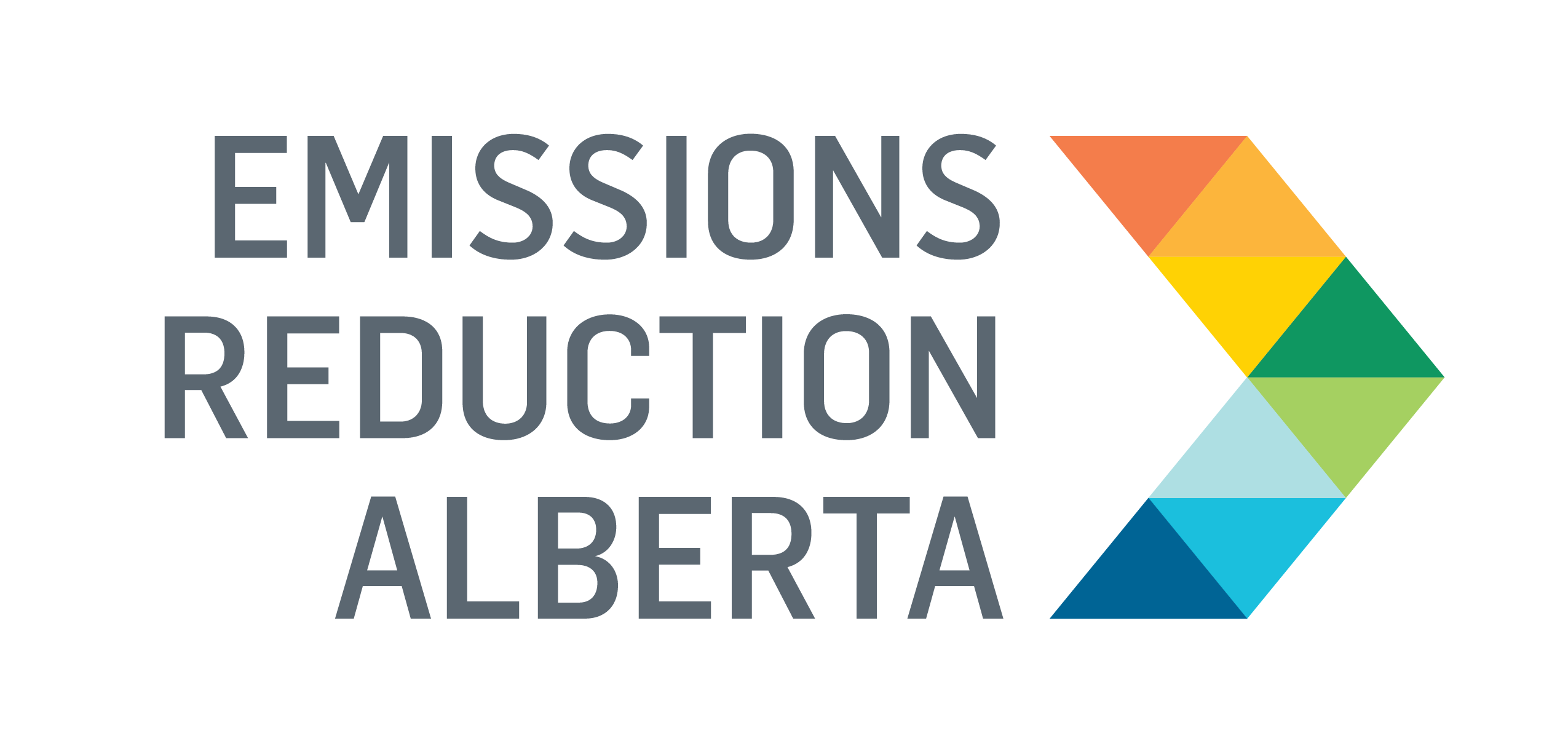Recovering Fresh Water from Oil Industry Wastewater
Funded through Round 5: Small and Medium Enterprises (SMEs) Challenge in 2012, this project confirmed the performance and economics of the “SaltMaker” – a waste‐heat‐driven water treatment technology for treating Steam Assisted Gravity Drainage (SAGD) blowdown wastewater. During the project, a total of four plants ranging from prototypes to pilots were developed, refined and tested.
The SAGD process generates produced water alongside oil production and recycles the water as much as possible before ‘blowdown’ is required. Blowdown purges dissolved solids and organics from the SAGD water balance so they do not accumulate to a detrimental level in the recovery process. The majority of SAGD operators dispose of their blowdown waters in deep wells and withdraw fresh or slightly saline water to make up the loss. Increasingly, operators truck their blowdown water to deep wells, resulting in high operating costs and associated environmental impacts.
To limit these impacts, the SaltMaker increases water recycling, reduces wastewater and reduces the cost and greenhouse gas (GHG) impact of blowdown management relative to conventional crystallizers or trucking and deep well disposal. The SaltMaker uses a humidification-dehumidification (HDH) cycle to transform the blowdown water into freshwater and solid salts, offering a zero-liquid-discharge (ZLD) alternative to conventional evaporators and crystallizers. This system efficiently uses low-grade waste heat available at SAGD facilities and recycles heat across multiple stages, significantly reducing energy consumption and associated greenhouse gas emissions.
Refining the Design for Reliability and Industry Needs
During the project, the modular design of the SaltMaker was a vital aspect of the design, allowing for easy scaling and transportation. This approach minimized costs and risks when moving from pilot-scale systems (0.1 m³/day) to commercial-scale (10 m³/day). The system’s modularity also simplified maintenance and future expansion, making it easier to adapt to site-specific needs. Close collaboration with SAGD operators was also instrumental in refining the system. Feedback from these partners emphasized the importance of reliable solids extraction and continuous operations. As a result, the SaltMaker was modified to include automated cleaning systems and other design adjustments that improved uptime and reduced maintenance requirements. Additionally, as the project developed, engineered plastics in the system that operate at lower temperatures than traditional metallic materials were introduced into the design to reduce scaling and corrosion. This design choice increased the system’s reliability and operational life. It also demonstrated that evaporation on non-heated surfaces further reduced scaling, which is critical when dealing with highly saline waters like those from SAGD blowdown.
What’s next?
This project helped refine and develop the Saltmaker’s design, advancing the technology towards commercialization. The project’s success led to a follow‐on project in the form of a pilot plant at an operating SAGD site in January 2015. As of 2023, the SaltMaker is commercially operational and proving to be a reliable solution for treating SAGD blowdown water in Alberta’s oil sands industry. The technology is currently used in multiple SAGD facilities to treat highly saline and organic-laden waters, recovering freshwater and producing solids that can be safely disposed of in non-hazardous landfills.
